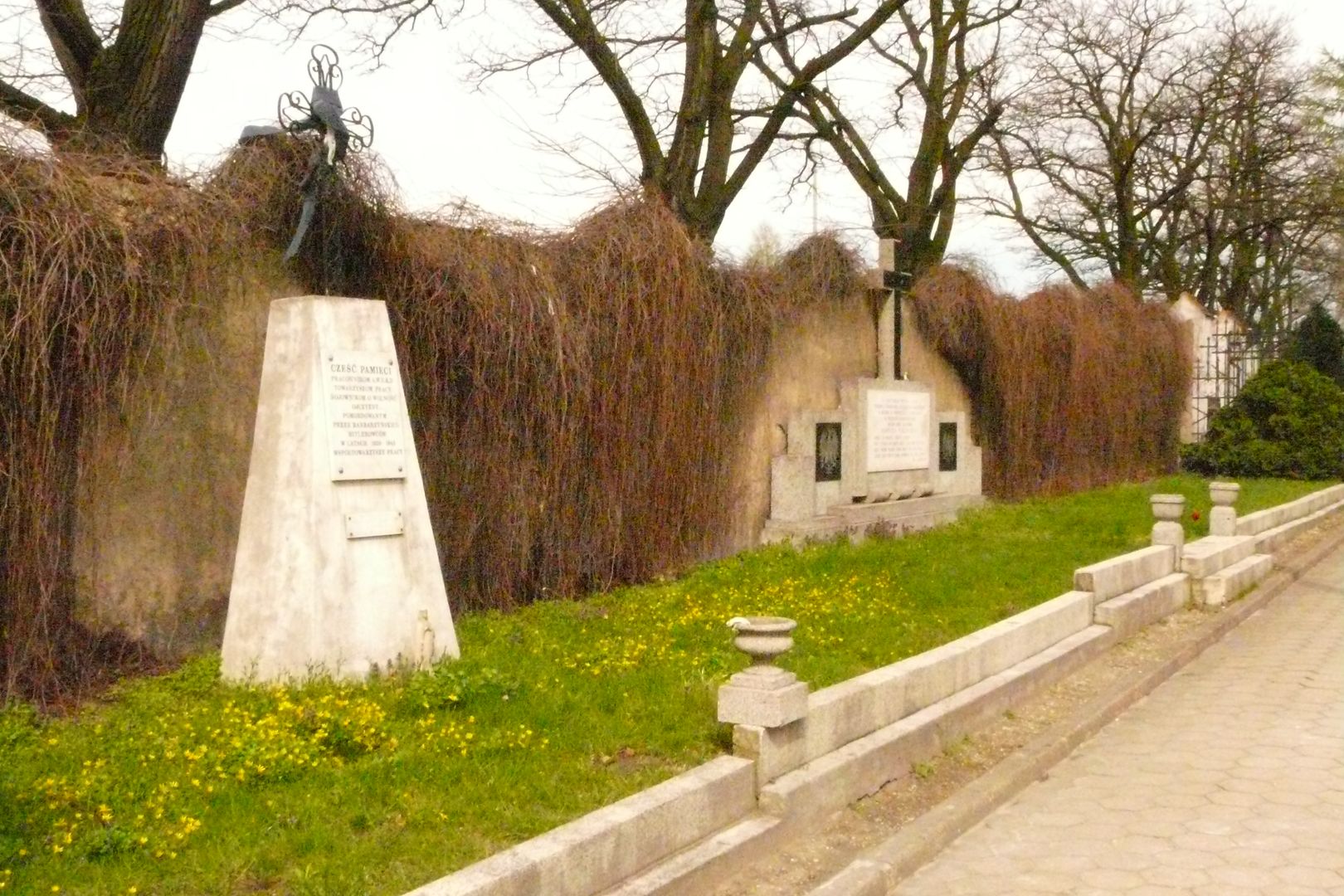Radogoszcz
8.11

Overview
Radogoszcz, known as the "Expanded Police Prison," was established on July 1, 1940, in Łódź, within the buildings of Samuel Abbe's factory. This site served various functions during World War II, initially as a transit camp and later as a place of mass repression, where both political prisoners and individuals detained for violating occupation regulations were held. Although it was not a site of mass extermination, at least 3,200 people died there, including approximately 1,500 during the January 1945 massacre, when the German guards, fearing the approaching Soviet troops, carried out brutal executions.
Radogoszcz was architecturally transformed from an industrial facility into a site of martyrdom. Today, it operates as a branch of the Museum of Independence Traditions in Łódź, with an exhibition documenting its history and the fates of the prisoners. A mausoleum, built on the site of the prison, has become an open memorial and a tribute to the victims.
Interestingly, Radogoszcz did not have a gas chamber or crematorium, contrary to common misconceptions. Nevertheless, the prison played a key role in deporting prisoners to concentration camps such as Auschwitz and Gross-Rosen. Over the years, approximately 40,000 prisoners passed through Radogoszcz, including not only Poles but also Jews and Russians. It is worth noting that numerous executions were carried out there, though some prisoners were saved, including well-known actors and musicians.
The January 1945 massacre, which claimed a significant number of prisoners, occurred as a result of an order to either evacuate the prisoners or murder them before the arrival of the Red Army. The area witnessed brutal events that shocked the local community and left an indelible mark on the history of Łódź.
As a memorial site, Radogoszcz not only documents the tragic history of World War II but also serves as a space for reflection on the atrocities of that time and a reminder of the need to preserve the memory of the victims. The contemporary museum maintains records of former prisoners to honor their memory and highlight the tragic fates that affected so many people.
Location
Tickets
Powered by GetYourGuide
2025 Wizytor | All Rights Reserved